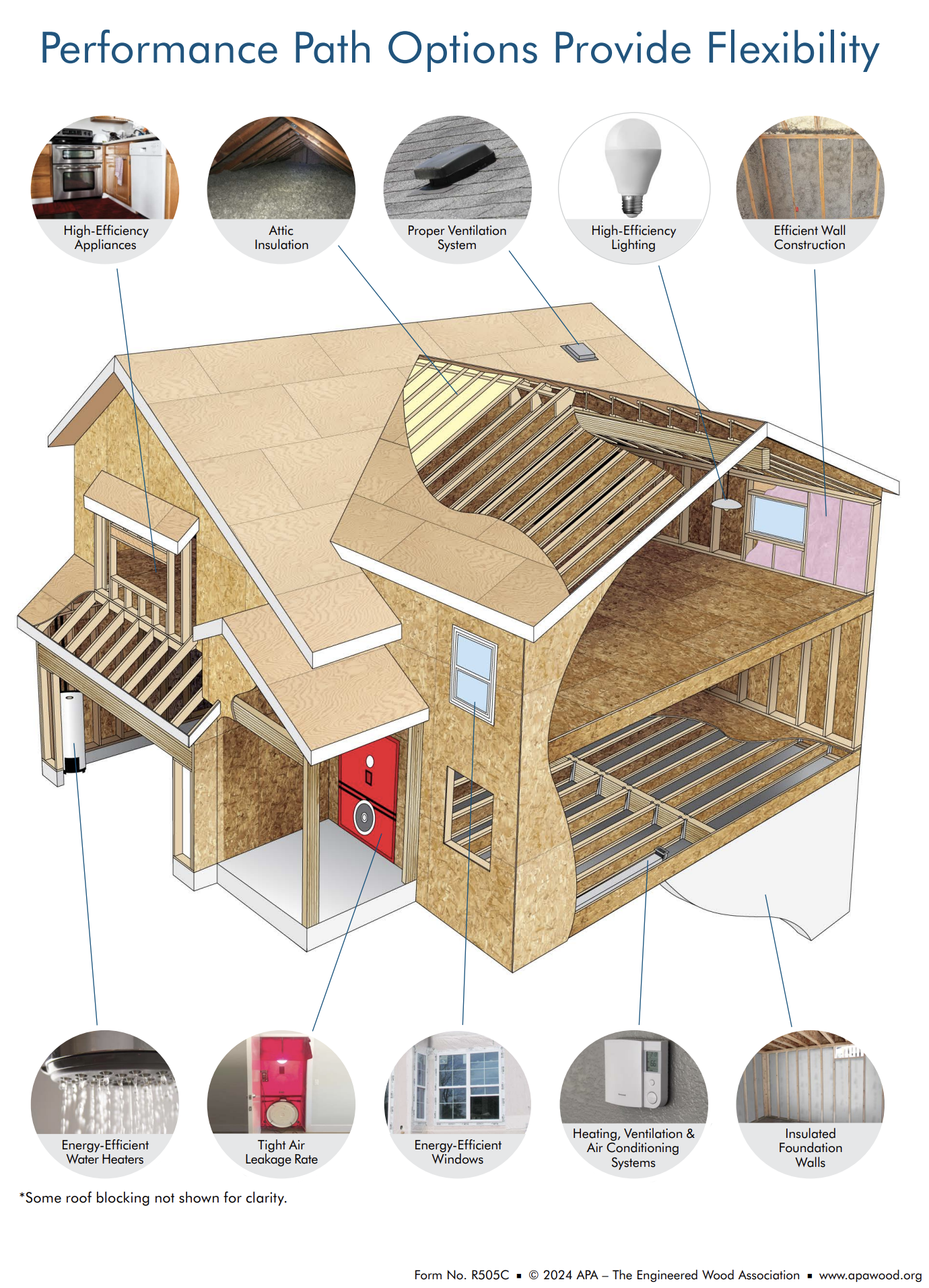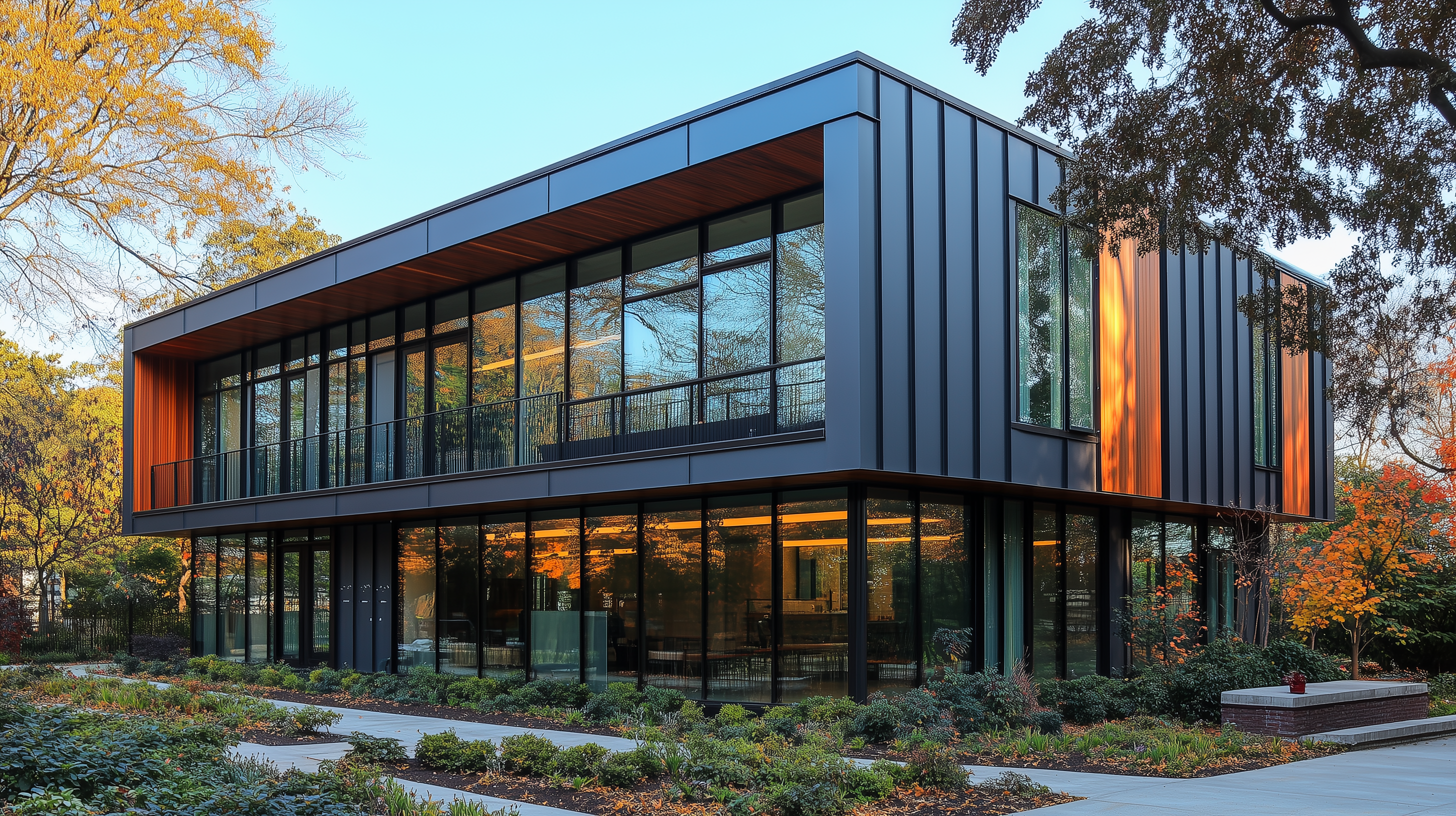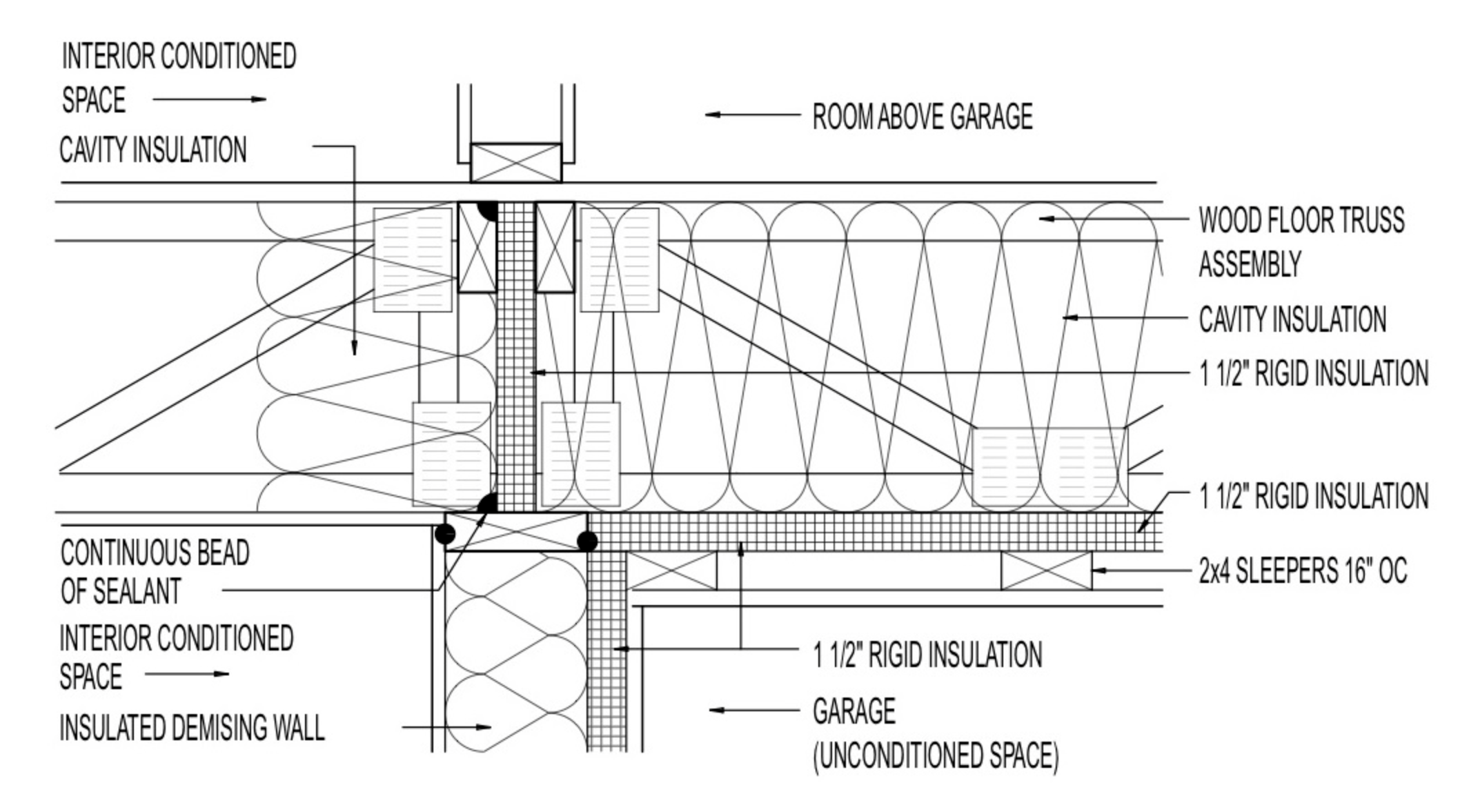Energy Code Compliance: Unlocking Savings with the Performance Path
Achieving energy code compliance is essential for builders, particularly as energy efficiency standards become more stringent. While the prescriptive path requires specific components to meet code, it often limits flexibility and drives up costs. In contrast, the Performance Path offers an alternative approach that allows builders to optimize energy efficiency while maintaining flexibility in design and materials. This guide explores how builders can leverage the Performance Path to comply with the International Energy Conservation Code (IECC) and save on construction costs.
What is the Performance Path?
The Performance Path to energy code compliance allows builders to evaluate a home’s energy efficiency as a whole system, rather than adhering to specific requirements for individual components. By modeling the energy performance of the proposed home design and comparing it to a reference design that meets prescriptive IECC standards, builders can make adjustments that maximize efficiency while saving costs. For example, the Performance Path enables builders to trade high-cost components, such as insulation levels, for more cost-effective alternatives that still achieve the same overall energy performance.
Key Benefits:
- Cost Savings: Builders can save up to $1,700 on construction costs by using the Performance Path.
- Flexibility: Allows for alternative building methods, such as using continuous plywood or OSB sheathing, while maintaining compliance with both energy and structural codes.
- Customization: Builders can select materials and assemblies that best fit their designs, as long as the home meets or exceeds the energy efficiency of the reference design.
Paths to Energy Code Compliance
There are four main paths to comply with the IECC, with two being prescriptive and two performance-based:
- Prescriptive Path: Requires adherence to specific assemblies and R-values/U-values listed in the code, with little flexibility.
- Simulated Performance Path: Uses energy modeling to compare the proposed design to the prescriptive reference design.
- Energy Rating Index (ERI): Introduced in the 2015 IECC, the ERI assigns a numerical score to a home based on its overall energy efficiency, including appliance use and renewable energy systems.
Energy Rating Index (ERI)
The Energy Rating Index (ERI) is a performance path introduced in the 2015 IECC. It uses a numerical scale to rate a home’s energy efficiency, similar to a car’s miles-per-gallon rating. A score of 100 represents a home built to the 2006 IECC standards, while a score of 0 indicates a zero-energy home. The lower the ERI, the more energy-efficient the home.
Key factors considered in the ERI:
- Heating, cooling, and water heating efficiency
- Appliance energy use
- HVAC and renewable energy credits
Advantages of the Performance Path
Builders who use the Performance Path enjoy a range of benefits that go beyond compliance. By using energy modeling software, they can:
- Optimize Energy Efficiency: Builders can offset less efficient components by enhancing others, such as using advanced HVAC systems or insulated sheathing.
- Flexibility in Design: The Performance Path allows for more design freedom by permitting various window configurations and alternative materials that still meet energy standards.
- Compliance with Structural and Energy Codes: Builders can meet both structural integrity requirements and energy codes cost-effectively, such as through the use of continuous OSB sheathing, which strengthens the building while reducing energy loss.
Compliance with IECC and Climate Zones
The IECC divides the U.S. into climate zones, each with specific energy efficiency requirements. The Performance Path allows builders in all climate zones to meet compliance through a combination of energy-efficient assemblies and advanced systems. Table 1 of the IECC shows the maximum ERI values for each zone, helping builders tailor their designs accordingly.
Conclusion
For builders looking to balance energy efficiency with cost-effectiveness, the Performance Path to energy code compliance is an ideal solution. By using energy modeling to evaluate the entire home as a system, builders can maintain flexibility in materials and design, save on construction costs, and meet strict energy codes.
Contact Allied Emergency Services, INC for professional guidance on energy-efficient construction and code compliance.
Contact Information:
Phone: 1-800-792-0212
Email: Info@AlliedEmergencyServices.com
Location: Serving Illinois, Wisconsin, and Indiana with a focus on the greater Chicago area.
Disclaimer: This article is intended for informational purposes only. For professional advice, consult experts in the field.










